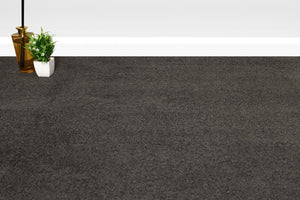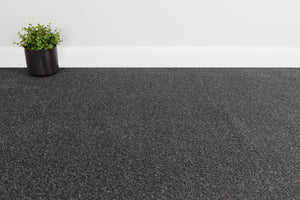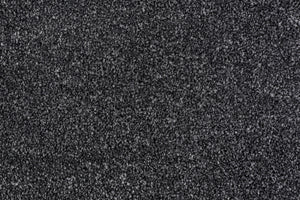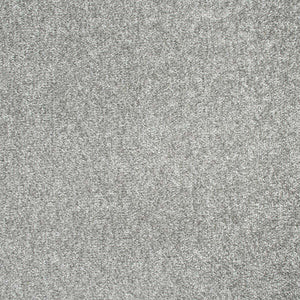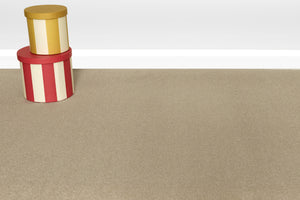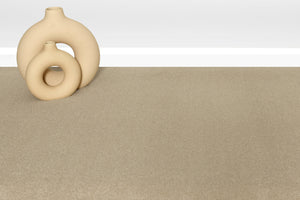
Vinyl flooring is popular for its durability and easy installation including with spray adhesive. But when it’s time for a refresh, removing vinyl flooring can be a bit of a project.
Spray adhesive creates a strong bond that requires careful work to avoid damaging your subfloor.
Here’s our step-by-step guide to removing vinyl flooring installed with spray adhesive safely and effectively.
Table of Contents
-
Why Remove Vinyl Flooring?
-
What You'll Need
-
How To Remove Vinyl Flooring with Spray Adhesive: Step by Step
-
-
Clear the Room
-
Score the Vinyl Flooring
-
Gently Lift the Edges
-
Use Heat if Needed
-
Remove Remaining Adhesive
-
Clear the Room
-
Pro Tips for Best Results
-
Final Note: Prepare for New Flooring
Why Remove Vinyl Flooring?
Whether you're updating your style or fixing damage, removing old vinyl flooring is often the first step in a successful renovation.
Spray adhesive creates an even, strong bond that helps flooring stay put but it also means extra care is needed to lift it cleanly without damaging the subfloor.
What You'll Need
-
Utility knife or floor scraper
-
Heat gun or hair dryer
-
Gloves
-
Goo remover or adhesive solvent (check compatibility with your subfloor)
-
Clean cloths or rags
-
Bucket of warm soapy water
-
Scrubbing brush
-
Safety goggles and mask (if using solvents)
How To Remove Vinyl Flooring with Spray Adhesive: Step by Step
1. Clear the Room
-
Remove all furniture, rugs, and obstacles.
-
Sweep or vacuum to remove dust and debris.
-
Make sure you have clear, safe access to the entire floor.
2. Score the Vinyl Flooring
-
Use a utility knife to make cuts in the vinyl.
-
Cut manageable strips (~30–50 cm wide) to make lifting easier.
-
Be careful not to gouge the subfloor underneath.
Pro Tip: Working in smaller sections helps control peeling and adhesive residue.
3. Gently Lift the Edges
-
Start at a corner or along an edge.
-
Use a floor scraper or putty knife to carefully lift the vinyl.
-
Pull slowly to reduce tearing and leave less adhesive behind.
4. Use Heat if Needed
-
For stubborn areas, use a heat gun or hairdryer on a medium setting.
-
Warm the adhesive to soften it.
-
Work slowly, heating just ahead of where you're pulling.
-
Avoid overheating, which can damage some subfloors.
5. Remove Remaining Adhesive
-
Once the vinyl is up, you’ll likely have adhesive residue left behind.
-
Use a goo remover or adhesive solvent (always test first in an inconspicuous area).
-
Apply per instructions and let it sit to break down adhesive.
-
Scrub with a brush or cloth to lift the residue.
-
Wipe clean with warm soapy water and allow it to dry fully.
Pro Tip: Ventilate well when using any solvent.
Pro Tips for Best Results
-
Wear gloves and protective gear when handling adhesive removers.
-
Always follow the product's safety instructions.
-
Take your time since rushing can damage your subfloor.
-
Use a floor scraper with a sharp blade for best results.
-
Dispose of old flooring responsibly according to local rules.
Browse our vinyl flooring collection for your upgrade
Final Note: Prepare for New Flooring
Removing vinyl flooring takes patience, but it’s worth it for a clean, smooth subfloor ready for new flooring.
Whether you’re planning to install new vinyl, laminate, carpet, or LVT, good prep is the key to a professional finish.
Ready to refresh your space?
Contact us today for expert advice and free samples.
